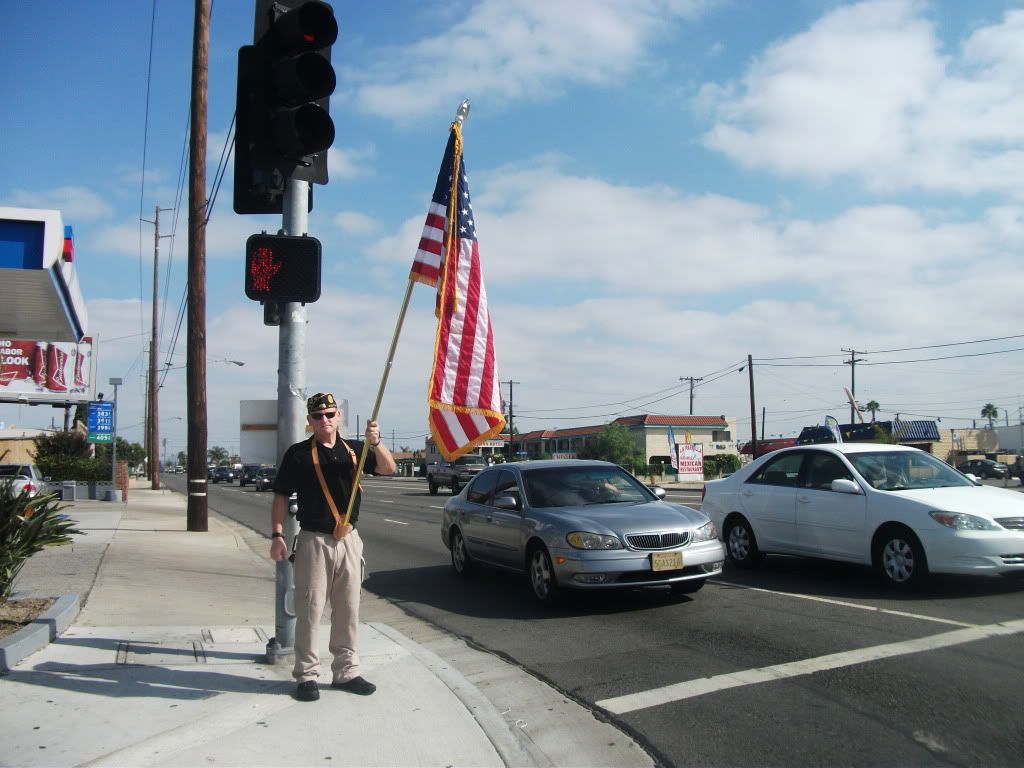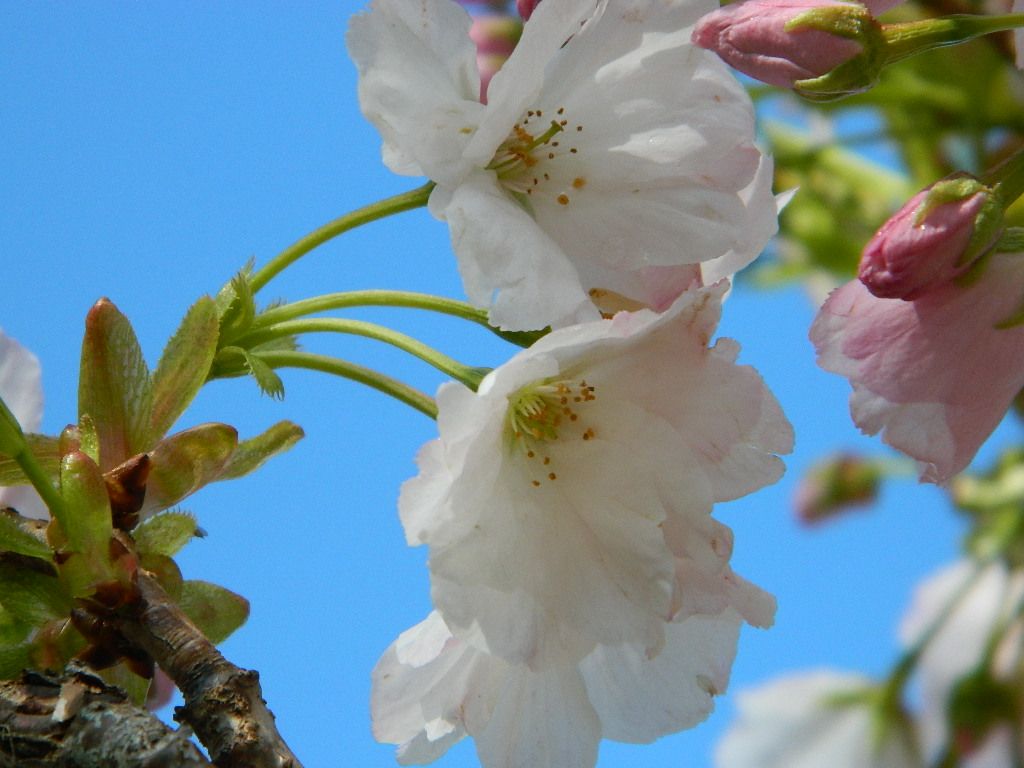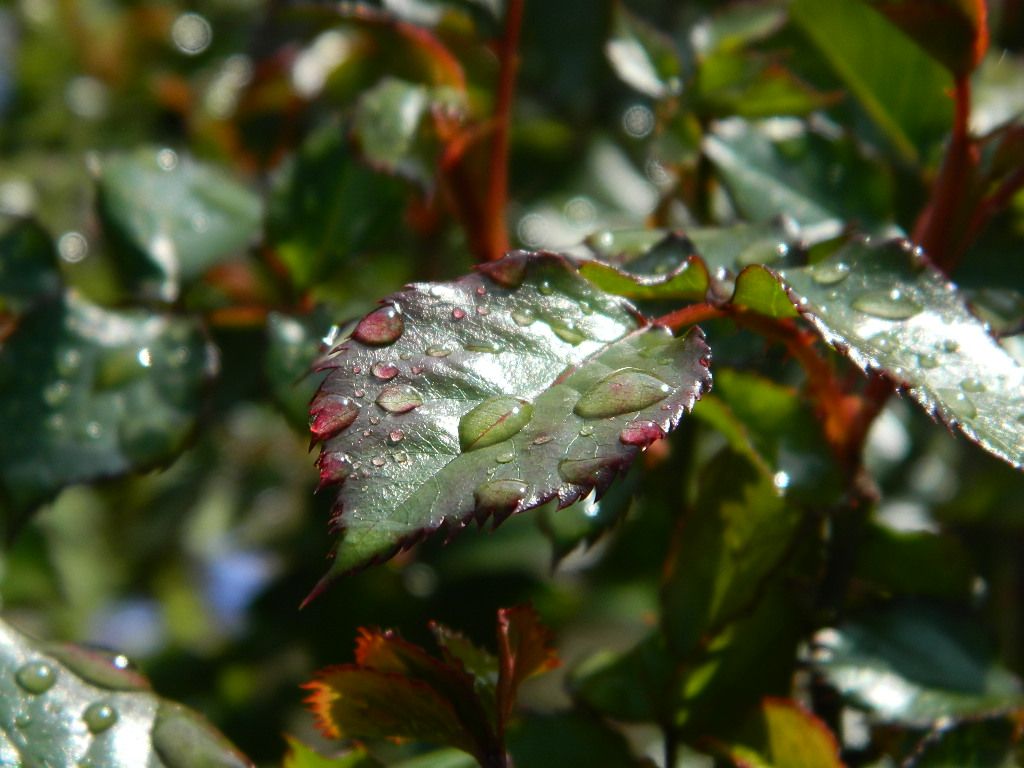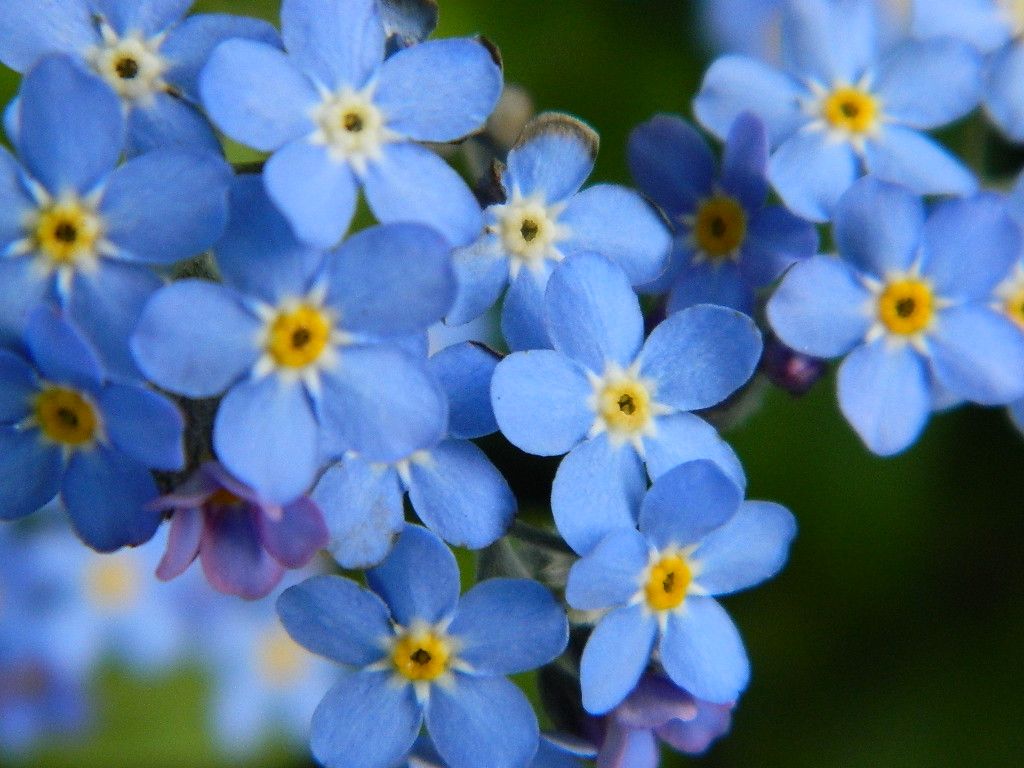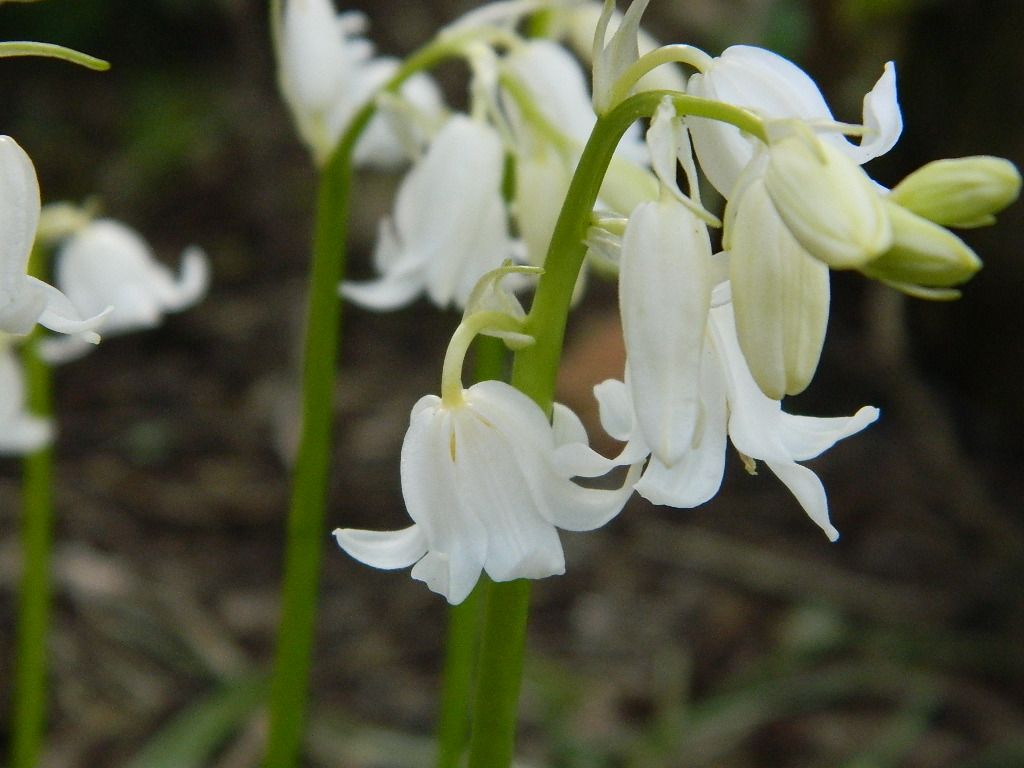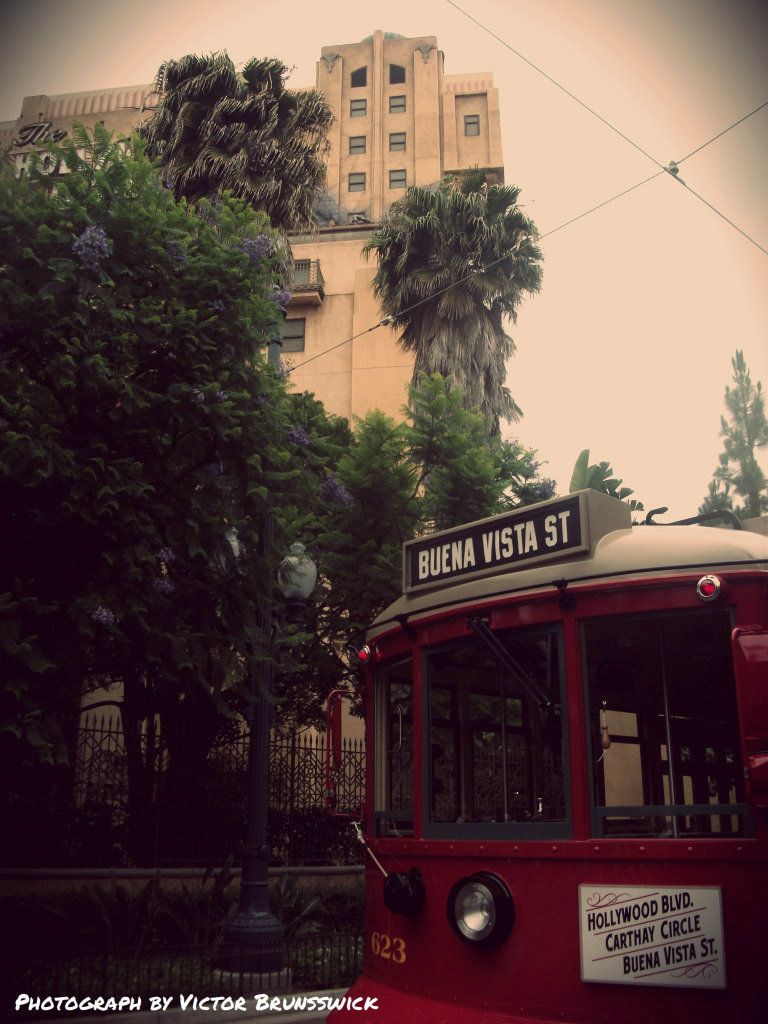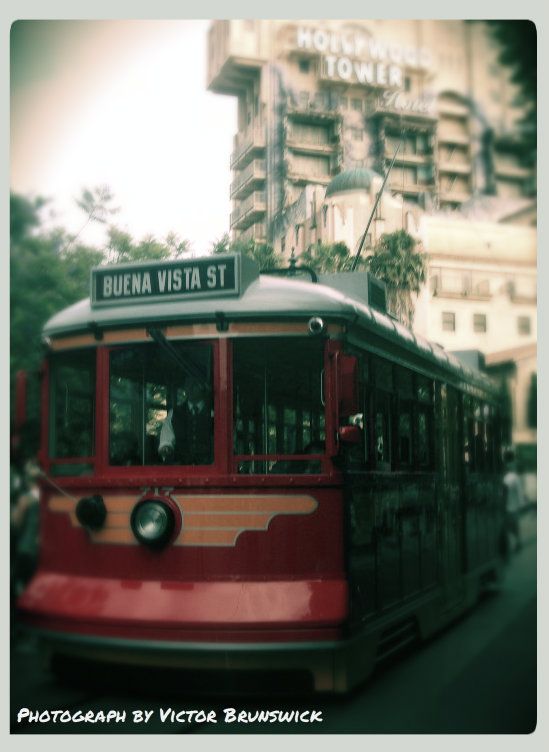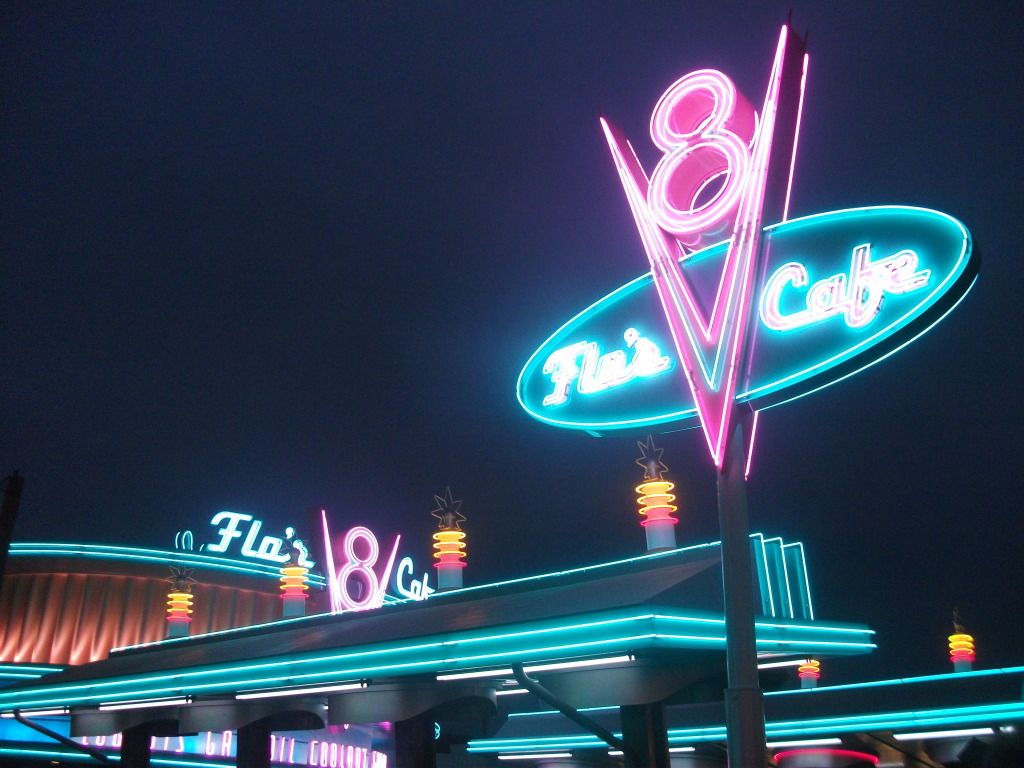Phineas Lamour
Practically Family
- Messages
- 611
- Location
- Crossville, Tennessee
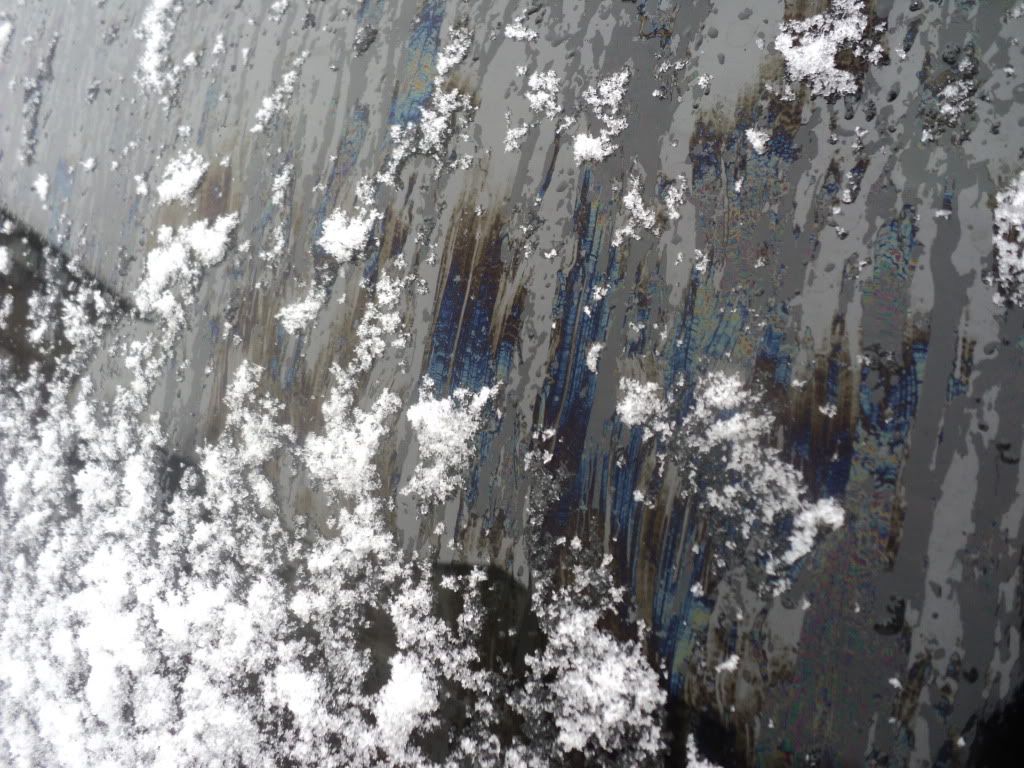
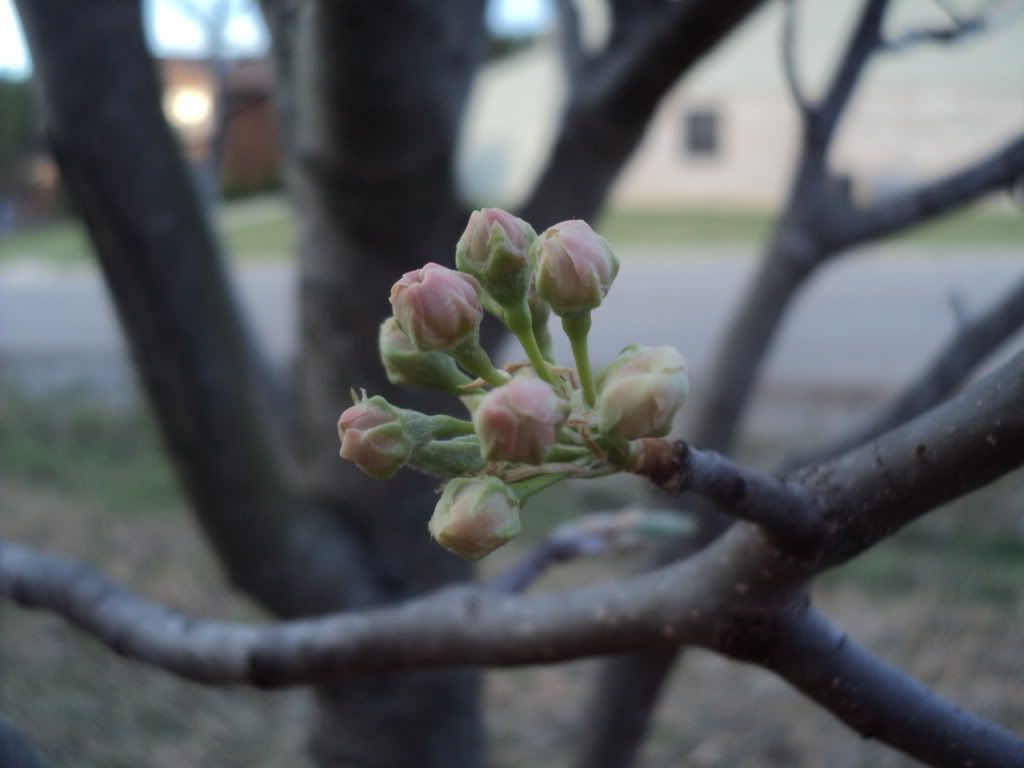











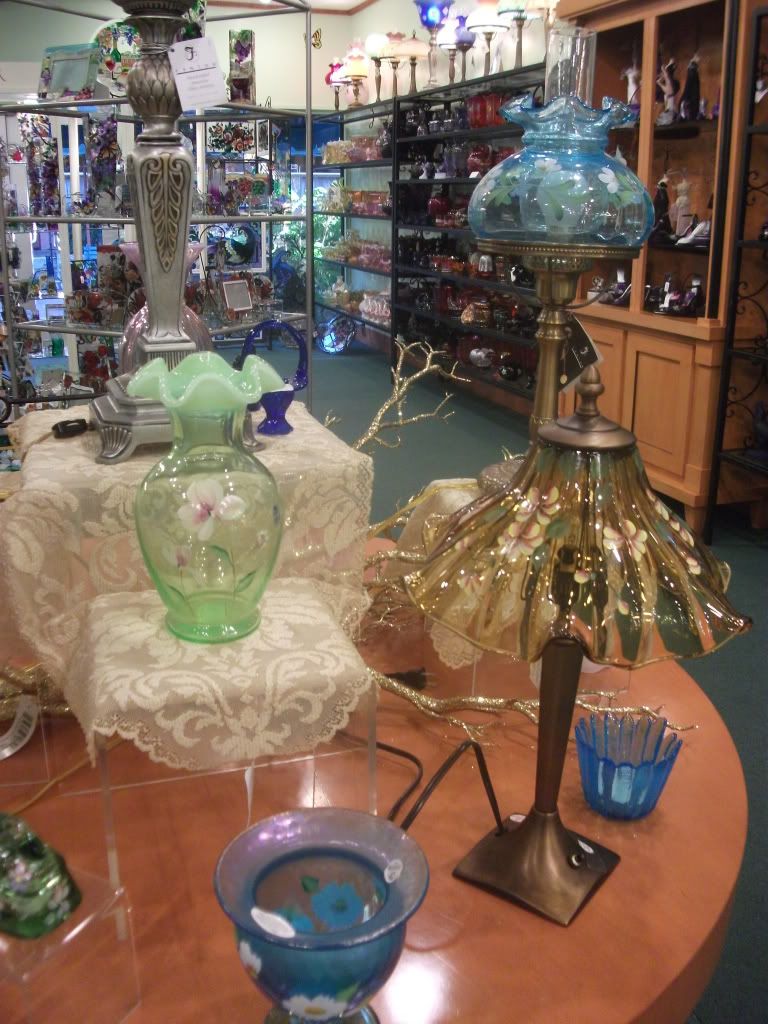


I didn't mean that you could or should get rid of the negatives. You should never do that. What I meant is that the key to B&W photography is the production of good negatives. Once you have those, printing can come later, and the evaluation of your technique (in both taking shots and developing the film) should come from examination of the negatives. This is to distinguish between looking at the negatives and looking at prints made from those negatives - which can be misleading.
You can develop film in the kitchen or bathroom with no darkroom required (just running water). You just need a changing bag to provide a small dark place to load the light-tight developing tank. With that you can carry out the developing steps in normal room light.
Doing it yourself gives you complete control over the whole photographic process.
You do need a darkroom of some sort to actually make prints. That is the second half of the process so I'll wait about discussing that.
The main idea is that in the learning process you need to get to the point that you can produce good negatives. Everything else follows from that.
Your Leica sounds great. I have one from about that time period and several more from the late 1930's. They all work well. For your lens, the 5cm = focal length, which is the "normal" lens for a 35mm camera. "Summitar" was the above-standard lens for Leicas of that period.
They have some quirks compared to a modern lens, but overall are of excellent quality. They will produce excellent results if you do your part.
Other lenses would be useful if you can find them, but the Summitar will be completely satisfactory to get started and for most purposes.


 John Lofgren Monkey Boots Shinki Horsebuttt - $1,136 The classic monkey boot silhouette in an incredibly rich Shinki russet horse leather.
John Lofgren Monkey Boots Shinki Horsebuttt - $1,136 The classic monkey boot silhouette in an incredibly rich Shinki russet horse leather.  Grant Stone Diesel Boot Dark Olive Chromexcel - $395 Goodyear welted, Horween Chromexcel, classic good looks.
Grant Stone Diesel Boot Dark Olive Chromexcel - $395 Goodyear welted, Horween Chromexcel, classic good looks.  Schott 568 Vandals Jacket - $1,250 The classic Perfecto motorcycle jacket, in a very special limited-edition Schott double rider style.
Schott 568 Vandals Jacket - $1,250 The classic Perfecto motorcycle jacket, in a very special limited-edition Schott double rider style. 



